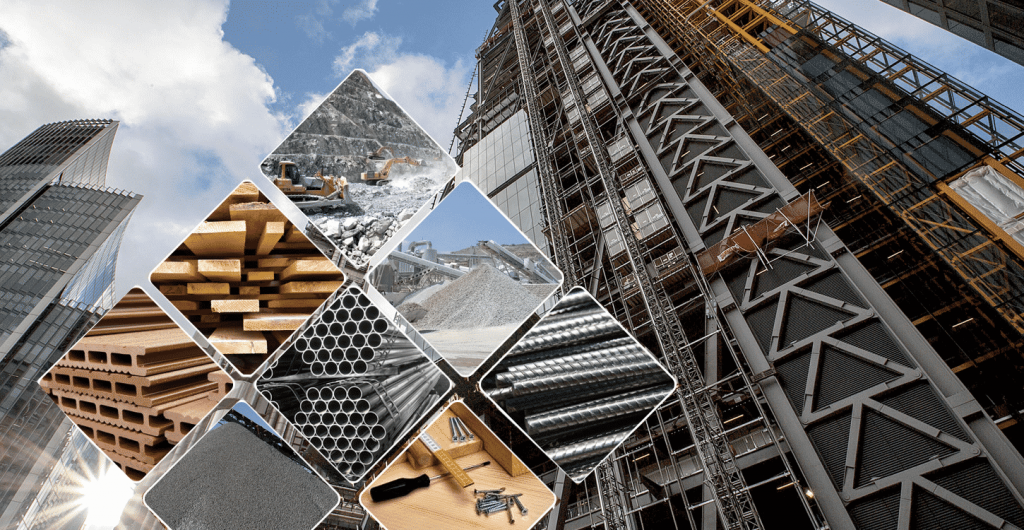
5 materials changed the Architecture

Materials are the main factor in architecture, which help designers to add their aesthetic masterpieces on buildings. Over the past period, architecture has evolved considerably with the development of materials used in construction.
For example, skyscrapers, large and solid bridges have increased as a result of the invention of metal concrete structures, which in turn changed the way humans live in cities. New technologies have a huge impact on construction and can change the way we interact with our buildings, their age, and their appearance.
Here are 5 of the most notable materials that have a huge impact on construction:
- Self-cleaning finishes

During the past period, high-rise buildings have become more common, and therefore self-cleaning finishes can contribute to maintenance operations that protect against dirt and smog. Therefore, no need to clean glass facades.
knowing that self-cleaning technology can be beneficial even for small buildings. These finishes can be applied to a variety of materials such as aluminum, glass, and paint.
This technology has become available thanks to nano-coated cladding materials that have a mixture of nanoparticles that allow the material to repel water, oil, and dirt.
2- Self-healing materials
It is known that all materials suffer damage over time, as a result of bad weather or using them for a long time, or any other unexpected events, which causes cracks in the concrete structure, which requires a lot of work to be fixed. Now and after the discovery of self-healing material, the problem no longer exists, as this material can change the life expectancy of the building, which will reduce the costs of the long-term maintenance.
Self-healing substances rely on the mixing of Bacillus bacteria in concrete, which, when they contact with the calcium lactate encapsulated in the mix when a rupture is formed, creates a limestone that fills the cracks.
3- Hardwood Cross-Laminated Timber

Cross-timber is a material made of solid wood layers, and has the durability similar to reinforced concrete and steel, and is, therefore, a good alternative for those who want a durable and sustainable building. Steel structures are expected to be replaced by cross-timber in the coming period.
4- Homeostatic Facades
These facades are able to adapt to the external conditions of the building, such as light and heat, which keeps the inside of the building safe. The façade system consists of a tape made of an insulating material “polymer ” that reacts with the electrical impulses and it is also covered with a double glass facade. The sides of the strip are silver-plated, in order to reflect the light and distribute it on the surface of the material to adapt with the building’s necessities.
5- Bioplastic

Plastic is one of the most polluting elements in the world, as a result of its slow decomposition. While bioplastics consist of algae, marine ketones, cellulose and a host of renewable masses, making it readily degraded after disposal. Therefore, bioplastic is a safe alternative to manufactured plastics, so bioplastics can be used in construction and architecture.

